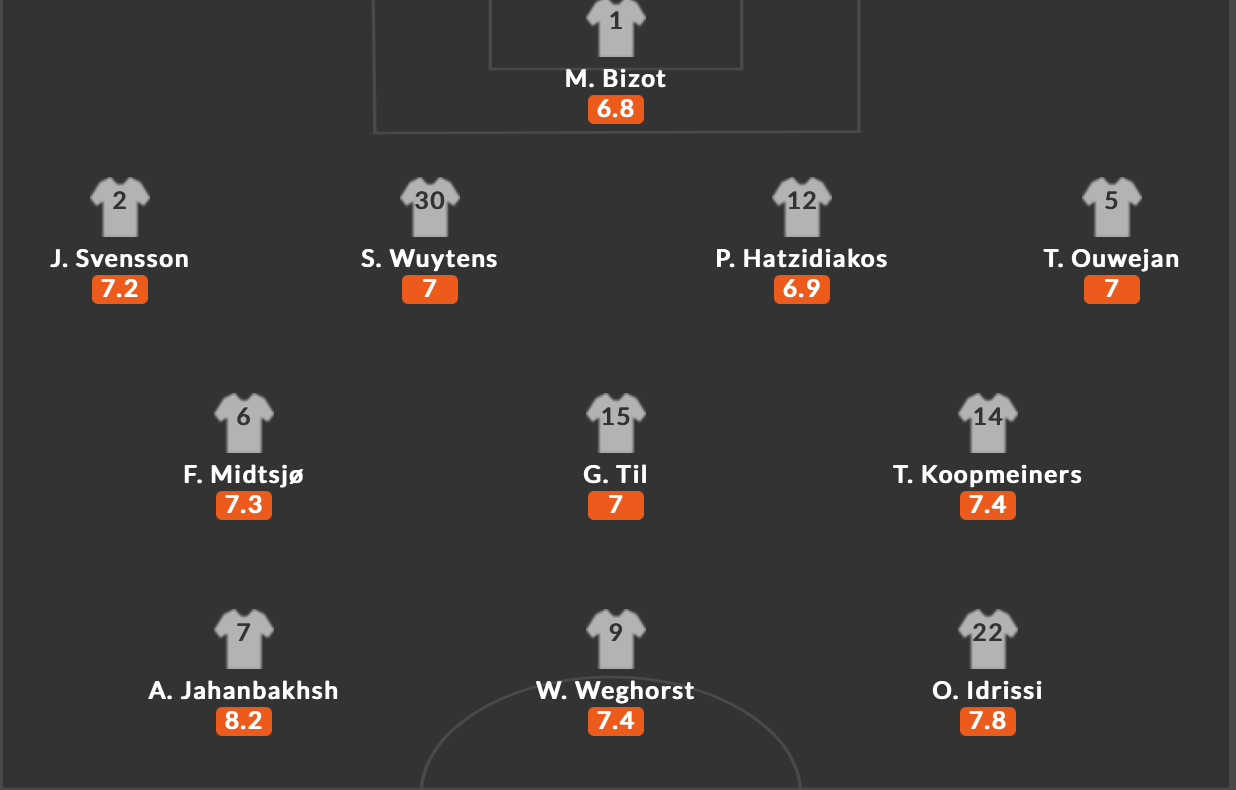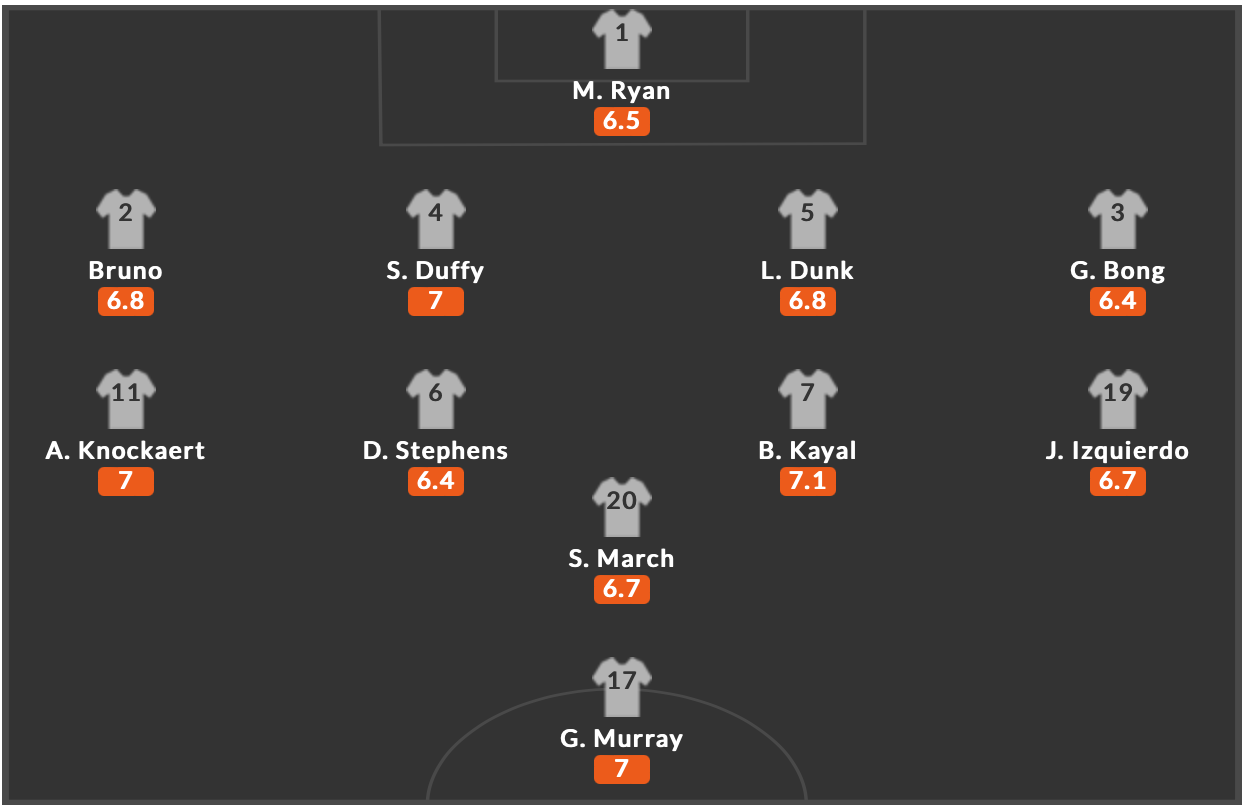The Importance of Profiling in Football
Collins define profiling as ‘the practice of categorizing people and predicting their behaviour according to particular characteristics such as race or age’. However, my perception of profiling within football diverts from this traditional definition, I see profiling in the context of football as identifying the more granular attributes and characteristics of a footballer to see if they are a good fit for how a team operates.
One may assume that at the elite level of English football, profiling is a given in a clubs’ recruitment system. Whilst clubs are getting smarter with their profiling of players, there is still lots to be desired when clubs analyse their potential acquisitions.
Sweeping statements are made about signing players from the Bundesliga, Ligue 1 and the Eredivisie, these are often deemed as unreliable markets with varied success. However, to tarnish all players in these leagues with the same brush is not an accurate way to view recruitment from these leagues. There are many different profiles in these leagues, which means that a player who achieves success in the Bundesliga may not replicate their success in the Premier League, but it is also true that a player may achieve great success in the Premier League, and not achieve the same success in the Bundesliga. Same may perform well in both, and this is down to the profile of the player, being a fit for the club system and the league.
An example of poor recruitment due to a lack of understanding of a player’s profile that I witnessed closely, was Brighton and Hove Albion’s £17m signing of Alireza Jahanbaksh in 2018. Alireza Jahanbaksh scored 21 goals in the 17/18 season, with then AZ Alkmaar manager John van den Brom favouring a 4-3-3 formation, Jahanbaksh occupying the Right-Wing Position.
In this position he was putting shot numbers of 4.3 per match, 1.9 of which came inside the penalty area. This is due a closer proximity to the opposition goal, which helped Jahanbaksh utilise his strength of shooting.
However, Hughton preferred the 4-4-1-1, with the wide men operating from a deeper position. Jahanbaskh played predominantly in the position occupied in the graphic below by Anthony Knockaert, the right-midfield position. This position was focussed on creation for the teams mean goal threat Glenn Murray, rather being a position focussed on goalscoring. This saw Jahanbaksh’s shot numbers decline to just 1.1 per match, 0.3 of which came in the box. With Alireza’s strengths completely nullified, he then didn’t score for the entirety of the 18/19 season and couldn’t nail down a regular spot in the first team, despite being the clubs record signing.
Brighton didn’t find the right profile for the role they required, they bought a goalscoring wide-man, rather than a hard-working creator. It is unlikely that it was manager Chris Hughton who sanctioned this signing, and showed a lack of joined up thinking in the recruitment system at the time for Brighton. This led to them narrowly avoiding relegation, finishing in 17th.
Fortunately, since the arrival of Dan Ashworth and Graham Potter, Brighton have become far better at recruitment and identifying the correct profile of player. Another purchase from the Eredivisie is Joel Veltman for £900k, which Brighton fans would agree has been a successful signing.
However, it’s poor recruitment like this that leads to certain markets being branded unreliable, and often has a negative impact on the player’s career. Jahanbaksh has never hit the same heights he achieved at AZ.
With many Premier League clubs now adopting a more sophisticated and extensive recruitment process, examples of poor profiling are less frequent, and has helped the Premier League secure its status at the best league in the world.





